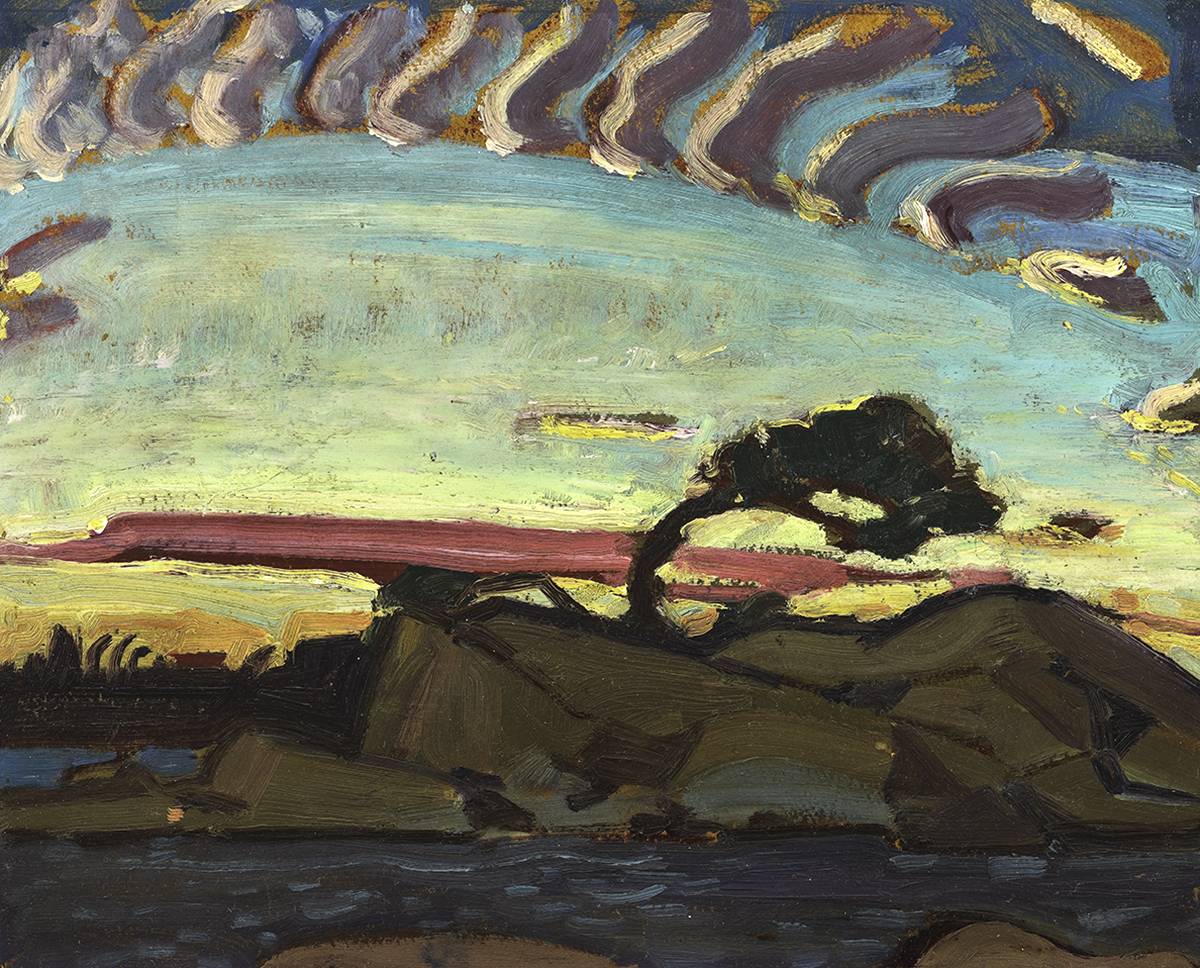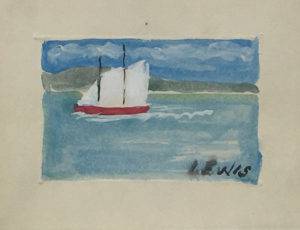We currently dont have any Arthur Lismer paintings for sale. We are always looking to acquire Arthur's work, if you're looking to sell any pieces please contact us at info@atlanticfineart.com.
Arthur Lismer

Biography:
Arthur Lismer
Arthur Lismer, CC (27 June 1885 – 23 March 1969) was an English-Canadian painter and member of the Group of Seven. He is known for his paintings of ships in dazzle camouflage.
In wartime Halifax, Lismer was inspired by the shipping and naval activity of the port, notably the dramatically painted dazzle camouflaged ships. This work came to the attention of Lord Beaverbrook who arranged for Lismer to be commissioned as an official war artist. His best-known work from the war years depicted what he observed and learned about in Halifax, Nova Scotia: Mine sweeping, convoying, patrolling and harbor defense.[2] He also did some sketches of the Halifax Explosion.[3]
The collaboration of four artists at Grip gradually evolved into the Group of Seven, whose work was intended to contribute to the process of giving Canada a distinctive national voice in painting. The group was known for its depictions of the North American wilderness. He also worked with the cadre at Grip.[clarification needed]
Arthur Lismer's style was influenced by his pre-Canadian experience (primarily in Antwerp), where he found the Barbizon and post-impressionist movements a key inspiration. Collaborating with the group of artists who would, in 1919, become the Group of Seven, Lismer exhibited the characteristic organic style, and spiritual connection with the landscape that would embody that group's work. That same year, he became the first artistic director of the Hart House Theatre until 1921.
During the Centennial of the City of Toronto, in 1934, Lismer was on the Pictures Committee. His work in art education was effective; and this service to the wider community caused Lismer to become influential in ways not achieved by his artist colleagues. For example, he started a children's art program at the Art Gallery of Toronto, which became successful in the 1930s.
Several members of the Group of Seven including Lismer became members of the Canadian Group of Painters. The gallery L'Art français exhibited his works. Lismer was made a member of the Royal Canadian Academy of Arts.[9] In 1967, he was made a Companion of the Order of Canada.
Lismer died on March 23, 1969 in Montreal, Quebec and was buried alongside other members of the Original Seven at the McMichael Gallery Grounds
Source: Wikipedia
